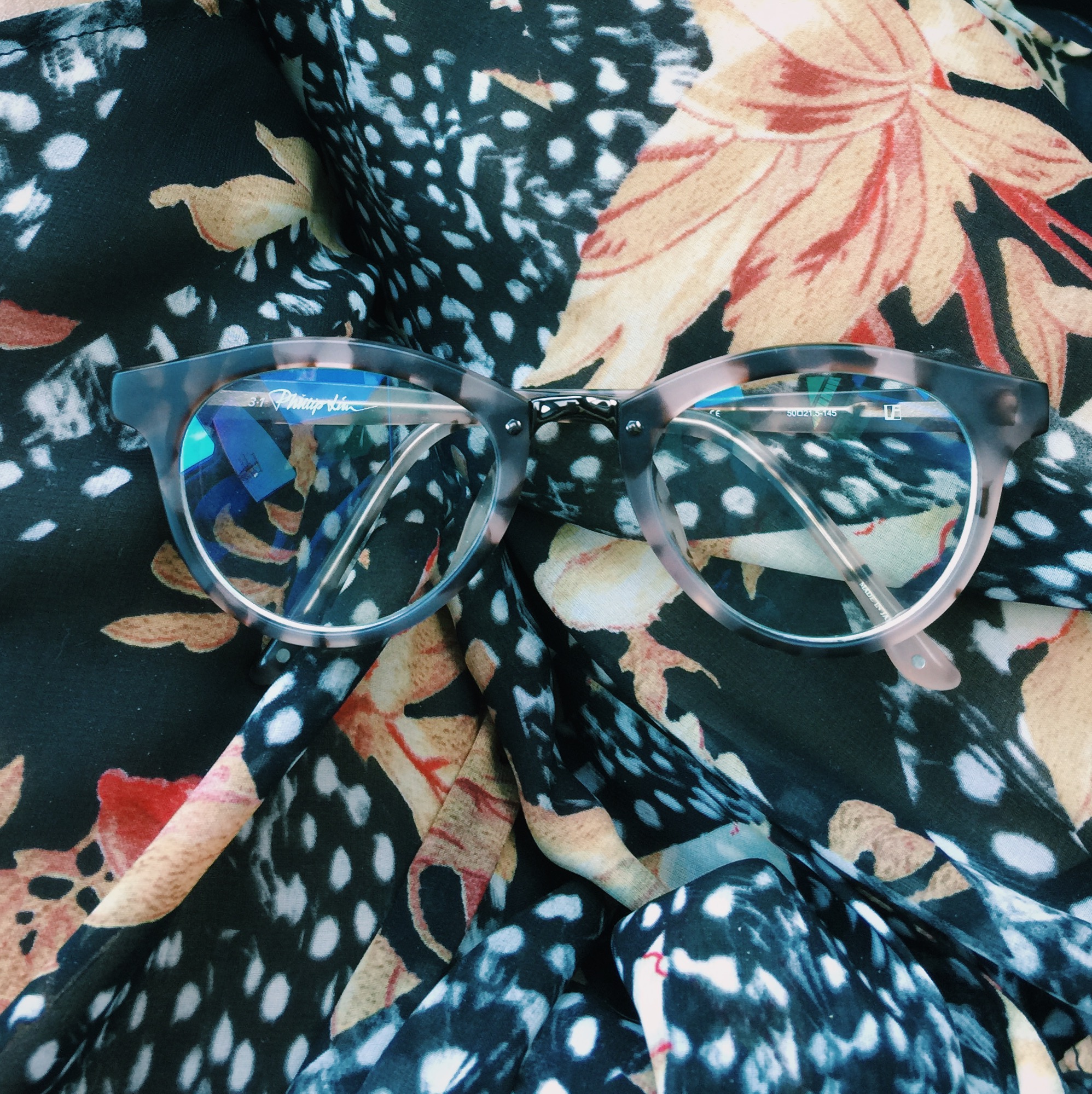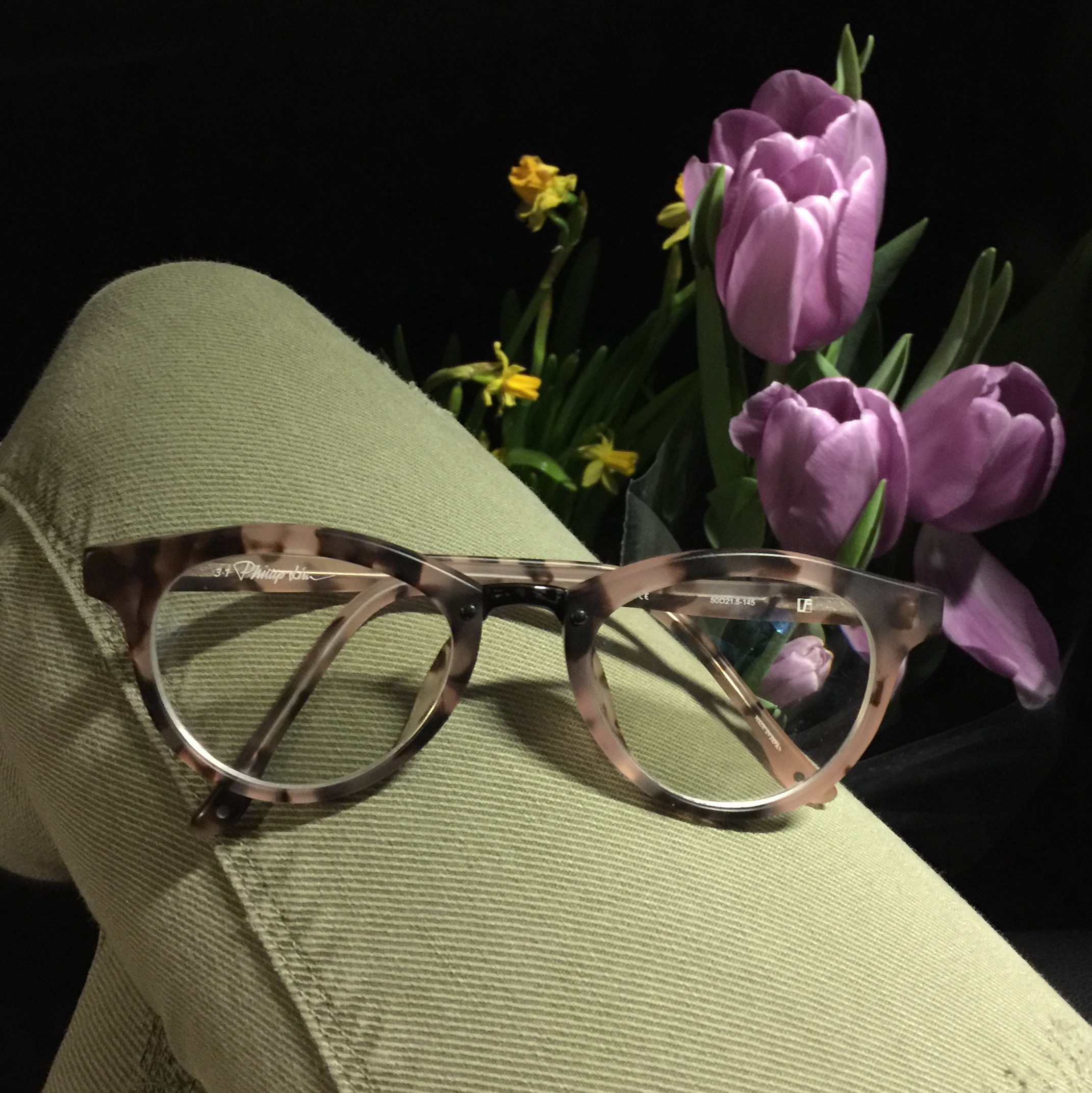Tips For Eye Health and Improved Vision
Our vision goes through many undesirable natural changes as we age. In addition to these natural changes, our eyes are subjected to many new challenges brought about by our environment and modern ways of living including unnatural activities like computers or cell phones, nutrient deficient foods, heavy reliance on synthetic pills or supplements and so on.
While we can’t control everything around us, we can familiarize ourselves with some of the vision based problems we might encounter and be vigilant about taking precautionary measures to prevent or reduce the problems.
In this post, I’ll share some things that might help you build an enduring vision by learning more about undesirable changes you might starting seeing around the age 40 plus and some tips on how to prevent them –
Vision Issue: Dry Eyes
Dry eye is something to expect after 40. As we age, our bodies lose the ability to produce enough quality tears needed to provide moisture in our eyes so we might end up with dry and/or irritated eyes. The condition can be accompanied by other undesirable symptoms such as stinging, burning and watering eyes. Activities such as reading on digital devices such as computer or paper might feel uncomfortable and even painful. Here are few tips to help with this condition –
Salt wash – Use salt water as an eye wash. It’s pretty easy to make the eye wash – Just add salt to boiled and cooled filter water and use it as an eye wash. You can find eye wash cups anywhere – on amazon or Walgreens. I have tried Himalayan pink salt but you could try sea salt. You could try triphala water for this purpose as well. The amla in it is supposed to strengthen the eye and it’s an old Ayurvedic eye wash recipe.
Add Omega 3s To Your Diet – Omega 3s help with natural tear production and also help prevent age-related eye disease such as AMD. You can take fish oil supplements, flaxseeds and chia to get your omega 3s. Being vegan, I use flaxseeds, chia and hemp.
Vision Issue: Bright Averse
When eye muscles weaken and lose strength, they don’t dilate enough to allow the right amount of light into the eye, making us more sensitive to bright lights. Weak adrenals, stress and lack of sleep can make this condition worse. I personally think adaptogens, good sleep, eye exercises, good support system and stress management might help with this.
Close Up
As we age, our eye lens begins to lose flexibility and hardens. The natural hardening of the lens of the eye is called Presbyopia. This condition might make focussing on objects near the eye more difficult. You might need reading glasses or contact lenses to address this problem. I don’t have this problems but some of my friends and family members do. There are exercises to help with this. I’ll keep this for the next post.
Age-Related Macular Degeneration (AMD)
AMD refers to the natural aging of the macula and it can affect your central vision. AMD can slowly progress over a long period of time and early stages of AMD often might not show any symptoms at all, but it can also progress quickly causing blank spots in your central vision and leading to diminished central vision. While this might not lead to complete blindness, you might not have enough vision to do regular daily activities like reading, driving or seeing faces if it’s allowed to progress to advantaged stages. It’s always better to get a comprehensive eye exam after 40 and make sure you take steps to prevent this condition.
Another cause of AMD? Digital devices! Digital devices such as computers and smartphones bring our world closer and at our finger tips but they can also harm our overall health including our eye health by exposing us to blue light.
Blue light exposure can damage light-sensitive cells in the retina which can lead to macular degeneration. Blue light can also contribute to eye strain and sleep disturbances. Using blue light filters on your screens can protect us from these harmful blue light emitted from our digital devices. You can also get prescription or non-prescription glasses with blue light filter to shield us from these harmful rays.
Blind Spots
Our peripheral vision is supposed to diminish approximately one to three degrees every decade as we age. This might make tasks such as driving a challenge as we get older. Another thing to watch out for.
Eye On Diet
These nutrients and tools below might help you build a better vision and prevent future vision problems brought about by aging and the environment –
Vitamin A –
A lack of Vitamin A can lead to night blindness. Vitamin A deficiency can lead to a number of other conditions including dry eyes, blurred vision, cloudy vision and so on. Some doctors think adding some animal source like fish and eggs might be a good thing but too much of it can get us into trouble too. Plant based Vitamin A from carrots, pumpkins, sweet potatoes and cantaloupe might be safer. Again, check with your eye doctor.
Zeaxanthin and Lutein –
Lutein and Zeaxanthin are important dietary carotenoids that have been linked with reduced risk of age-related macular degeneration (AMD) and cataracts. They constitute the main pigments found in the yellow spot of the retina and protect the macula from damage by blue light, improve visual acuity and scavenge harmful reactive oxygen species. Lutein and Zeaxanthin is found in greens (kale, spinach, broccoli.. kale being highest), cantaloupe, carrots, yellow corn and egg yolks.
Vitamin C –
Vitamin C is a powerful antioxidant that might help prevent cataracts. Antioxidants are always a good idea. Vitamin C sources include citrus fruit, berries and tomatoes.
Vitamin E –
Vitamin E is an antioxidant that can combat cataracts and AMD. Vitamin E also aids the body in absorbing other nutrients. Almonds, sweet potatoes, sunflower seeds are few good sources of Vitamin E.
Omega 3s –
Omega-3 DHA and Omega-3 EPA. DHA is found in high concentrations in the retina. Studies have correlated low dietary levels of DHA and EPA with several degenerative conditions including AMD, diabetic retinopathy and so on. Fish oils, chia, hemp and flaxseeds are good sources of omega-3 fatty acids.
Zinc –
Zinc plays an important role in the body’s production of melanin, which functions as a protective pigment in the eye. It has also been shown to slow down the effects of advanced AMD, so it is especially recommended for people with a high risk of that disorder. Nuts (cashews), legumes (chickpeas), and dairy are relatively good vegetarian sources of zinc.
Vitamin D –
Vitamin D can cause significant reductions in retinal inflammation and levels of amyloid beta deposit which can lead to age-related macular degeneration (AMD), the largest cause of blindness in those older than 50 years in developed countries. Sunlight and fish oil are good sources of D. You can try a D supplement too.
Blue Light Shield –
Helps prevents AMD, eye strain and sleep problems from too much blue light. If possible, shut your digital devices after dark or use ‘invert screen’ option to reduce the brightness.
My eye doctor suggested this protein shake (I prefer Garden of Life) and fish oil.
P.S. – I’m not a doctor so it’s better to see a doctor and check with him or her before you do anything. Prevention is always better than cure
More Reading –
Putting on a new pair of glasses or sunglasses is a simple way to completely transform your look – just like a new hairstyle
– Brad Goreski
xx
Heel In Mint








